Mascot Power for Effective Branding
Mascot Power for Effective Branding The article about mascots as the design element with a strong potential in brand and content management. Main advantages and requirements to efficient mascots.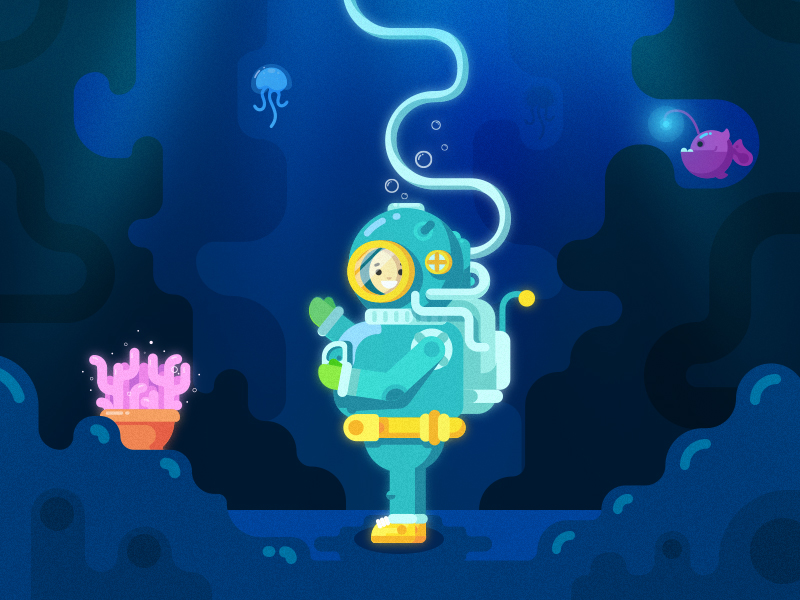
It has never been a secret for marketers as well as designers that most people like communication, reflecting attention to them personally. The element of personification thoughtfully applied in the product can boost positive user experience, and enhance brand image and brand awareness. That is one of the reasons why creating mascots is often a part of general design concepts and content strategy.
In our article about illustration potential in user interfaces, we have already mentioned mascots and characters, providing some general ideas on how their implementation can improve UI concepts as well as become the foundation for solid and strong branding. So, today let’s analyze in more detail what are the advantages and secrets of mascot magic and when they are applicable.
The essence of a mascot
Mascots are images, usually personified, which in most cases represent the brand, product, or service identity and therefore become its symbolic convention via the whole application or website as well as the branded items and promotional activities.
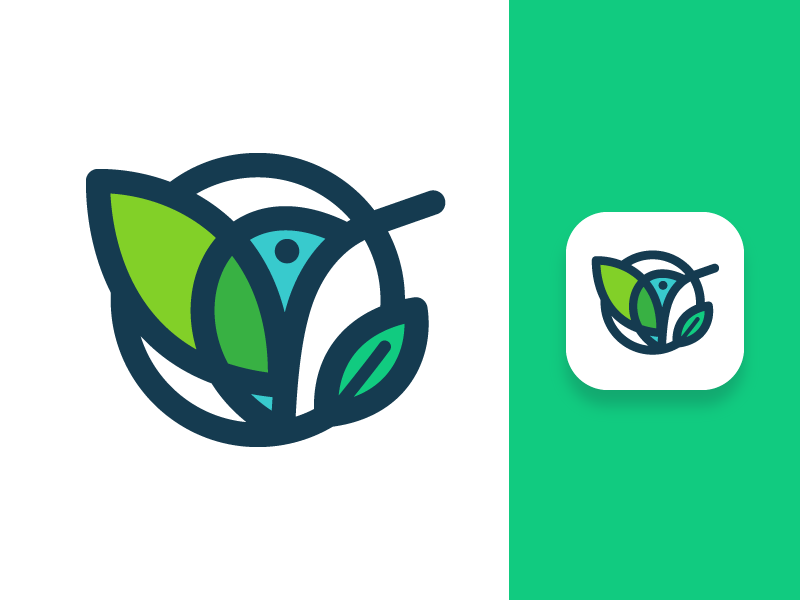
Andre Landscape mascot concept
Mascot becomes the element of identity and inter-connector between the user and the product. In many cases, the mascot is the basic element of communication and interaction; therefore, in different states, it can become the basic way to deliver the message to the user.
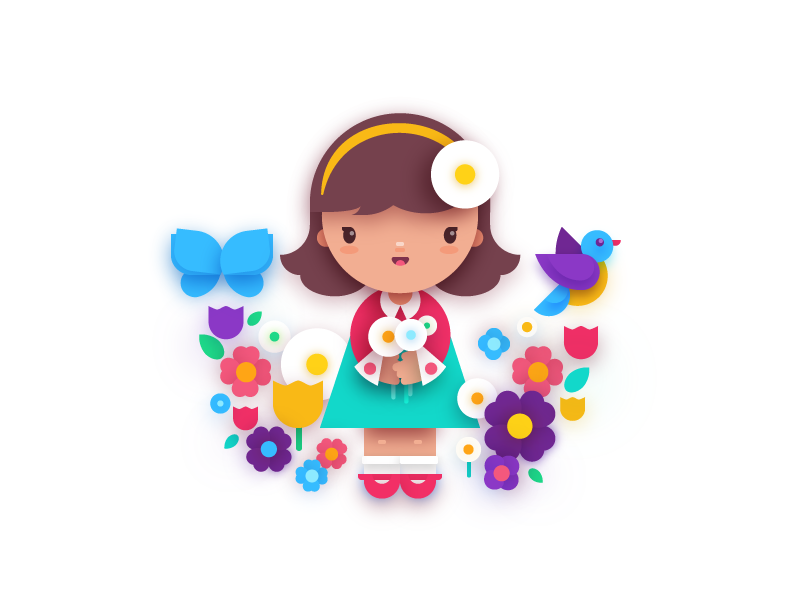
The business practice of successful companies shows that thoughtfully designed mascots can work even better than product endorsements with the help of a famous person. Mascots can reflect any traits of character, follow any style needed for product positioning and communicate with the customer via a wide set of visual techniques. Mascots push the limits of personification and give a chance to create unexpected combinations of elements or make fantastic and non-existing characters alive.
Designing mascots for our numerous customers as well as our own studio brand, we have already checked their great power as a multipurpose and comprehensive design element. Efficient mascots should be based on thorough user research, analyzing needs, wishes, and expectations of the target audience, and also an attentive study of the market environment to support the appropriate level of originality as the basis for effective design solutions.
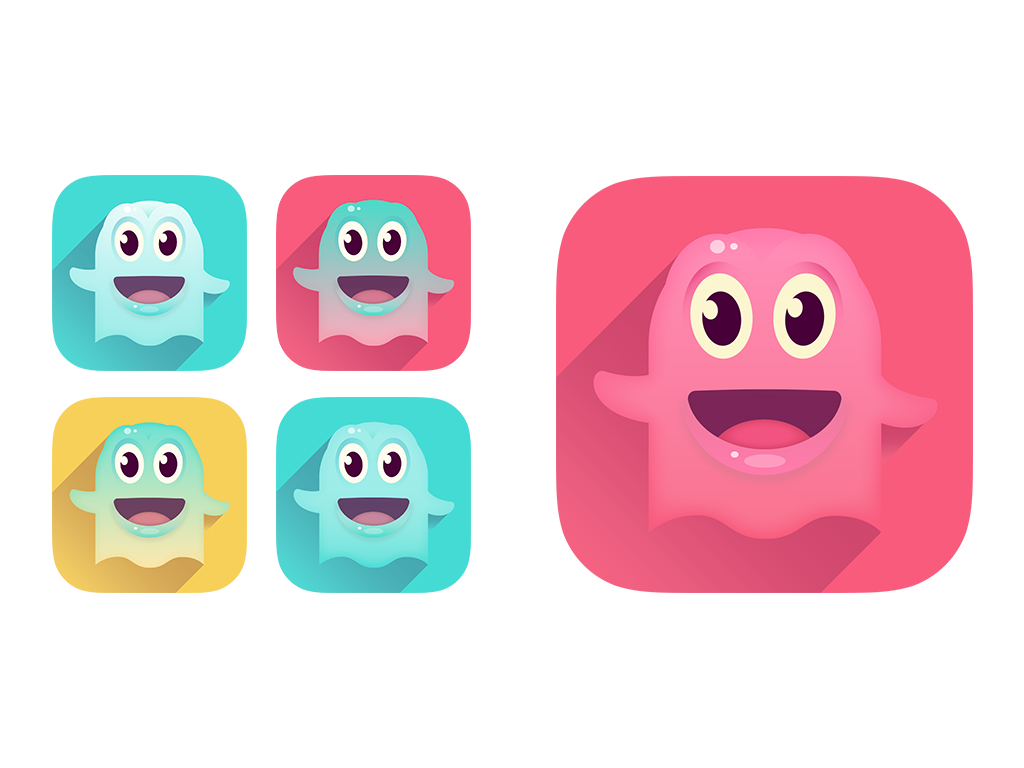
Advantages of mascots
Let’s see what the important practical advantages of mascots are applied in branding and content strategy.
Memorability
People tend to remember substantial and actual images much longer than abstract ones, and characters reflecting human-like features are the favorites of this technique. No doubt, it can have a significant influence on the level of brand awareness.
Recognizability
Mascot can become a strong element of an original and unique piece of the content presenting a particular product or service. A well-done analysis of the target audience, as well as a sophisticated and thought-out design, can provide the brand with an important element making it recognizable in seconds. This advantage is also directly connected with the previous one. As long as it is easier to remember the mascot, it is also easier to recognize the product and its features, among others.
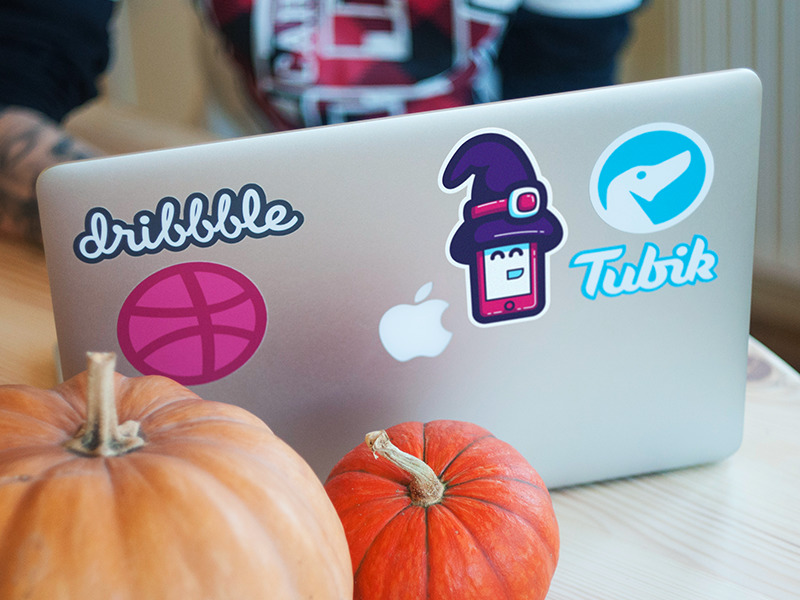
Visual marking
Mascot allows marking visually anything connected with the product creating an additional field for promotional activity. A mascot can work as a logo, transform into illustrations, elements of gamification, printed stickers, and every time, it will support a strong visual connection with a brand.
Personalization
As has already been mentioned, users usually appreciate the element of direct communication and personal attention to them. Mascot is one of the best ways to provide it. It can communicate directly with the speech bubbles, provide visual prompts via various facial expressions, reflect the mood of the user with different graphic variations of the mascot, provide helpful instructions in the tutorial and congratulate the achievements. There are hundreds of ways to strengthen the element of personal communication using mascots. For users, it can make a big difference, especially in cases of interaction: communication with a particular character often provides a much more positive and dynamic user experience than impersonal instruction sent by the system.

Stylistic support
Mascots, being a highly flexible element, can become a central part of the general style concept for the product. It is easy to send the key message to the user via mascot: it won’t take long to understand if the product is serious or entertaining, lively or calm, business-like or easy-breezy, highly private or broadly social, and so on and so forth.
Product voice and tone
In combination with the previous feature, mascots can play a great role in supporting general tone and voice, which is the basis for a branding strategy. Mascot usually reflects the most important feature of the product and transfers the idea much faster and in a user-friendly way. Moreover, it often gives a chance to avoid long copy bulks in product descriptions enabling visual perception of information which is by far faster than text perception.
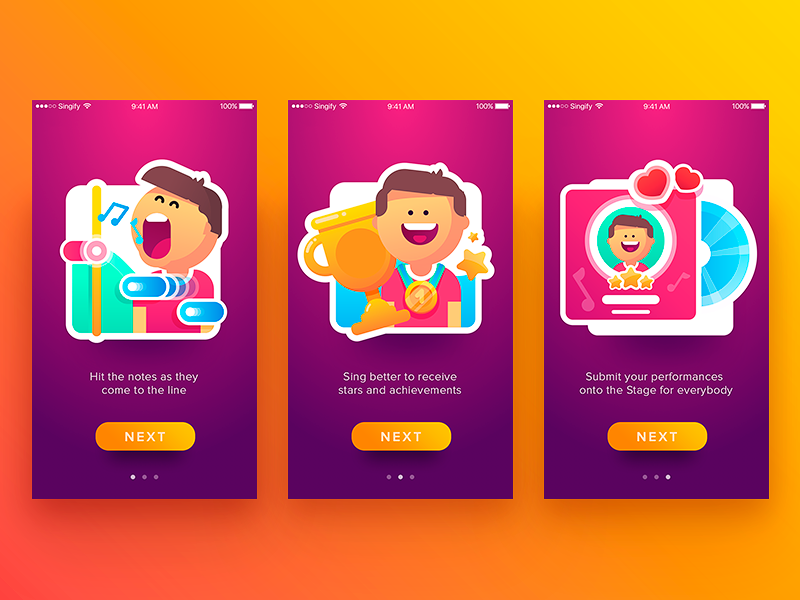
Onboarding tutorial for Singify
Emotion and interest trigger
Dealing with users, we all should remember that they are unique individuals, unique inner worlds full of their own emotions. Emotions and feelings are often the main power moving people to a particular choice, decision or operations. Mascot is one of the fastest ways to provide this feature of emotional feedback to the user, letting them speak the user’s language, and therefore make the product more user-centered.
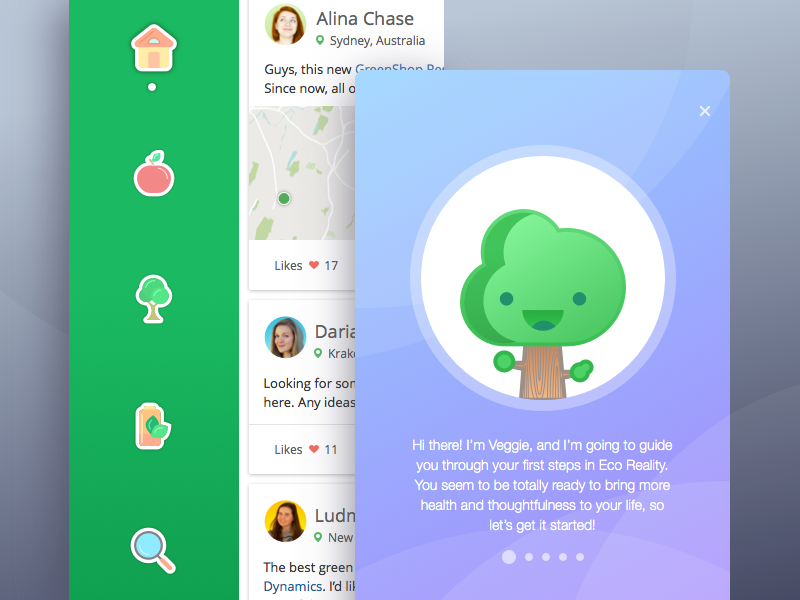
Aesthetic satisfaction
Although practical and problem-solving issues mostly come first as the central way of attracting and retaining users, aesthetic satisfaction shouldn’t be neglected. Mascot, as an element of the sophisticated artistic approach, can become the feature supporting this user’s need. A pleasantly looking mascot is a good reason to make a choice in favor of a particular product in the case when it’s compared to the ones with the same functionality but less attractive graphic support.
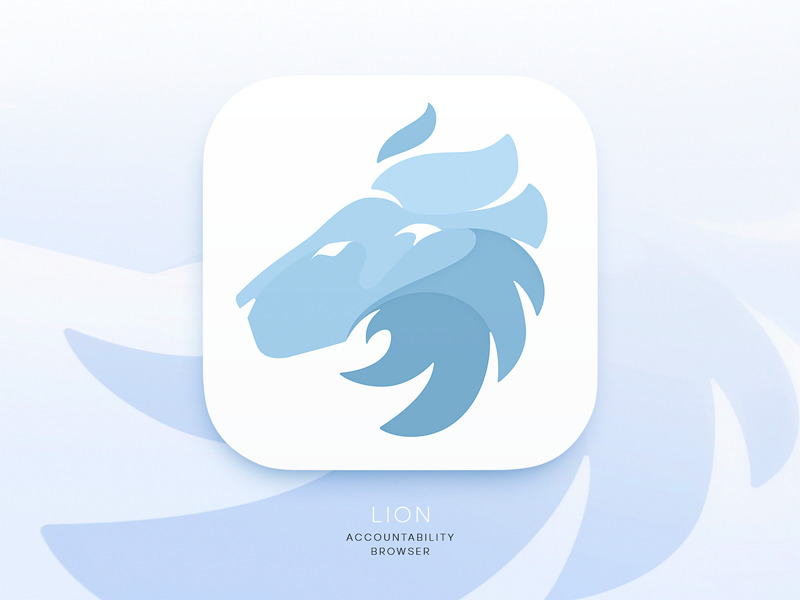
Long-term strategic potential
Mascots accomplished properly usually become the element of long-term branding strategy and are able to satisfy multiple needs getting transformed and refreshing the experience of product use without losing recognizability.
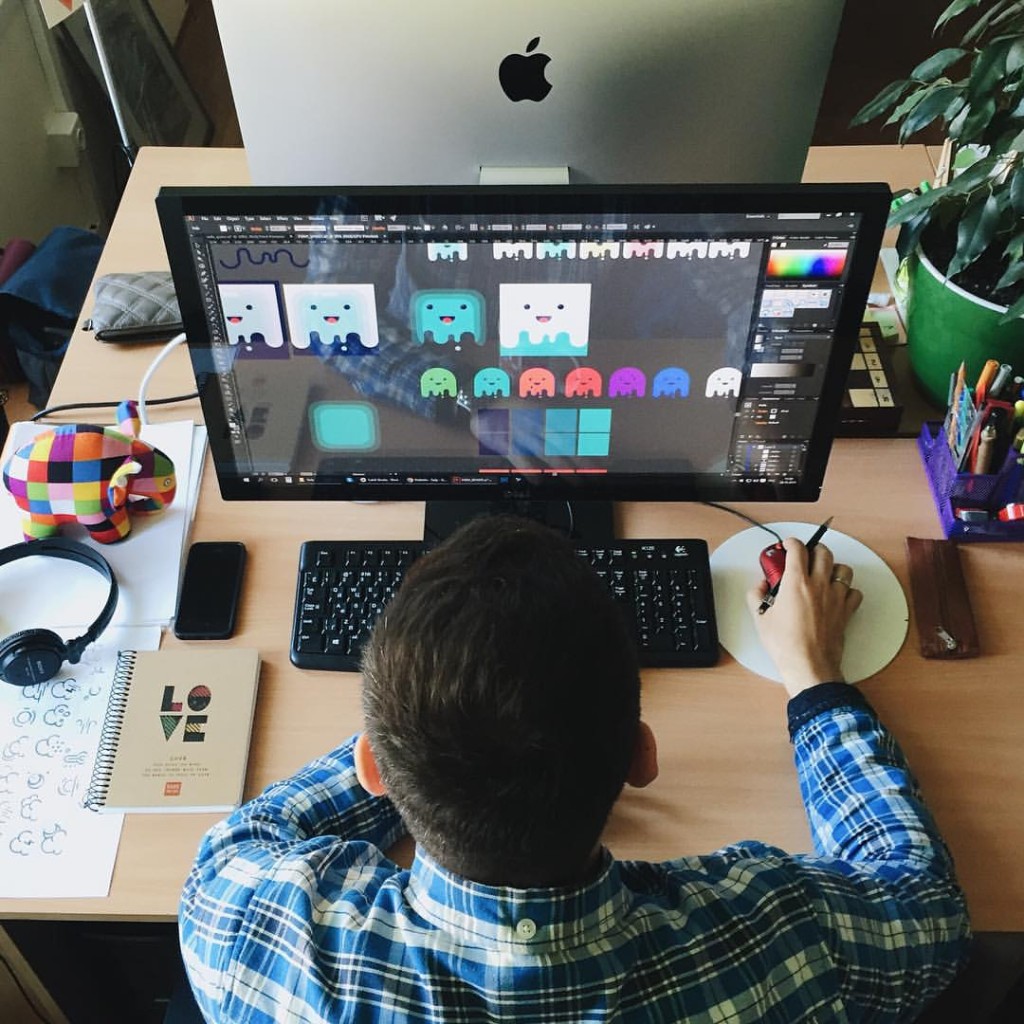
Diversity of usage
Mascots can be applied in hundreds of various ways, both in digital graphics and physical products, starting from simple stickers and illustrations up to printed stuff, dolls and toys, play characters and cartoons.

Element of virality
Unique and stylish mascot can become a strong element of virality, becoming so popular among users that they will not only spread it to each other but also create new versions, parodies, discussions, and the like. That works especially efficiently in products for kids when the mascot actually becomes a central representative of the product and creates a high level of desirability.
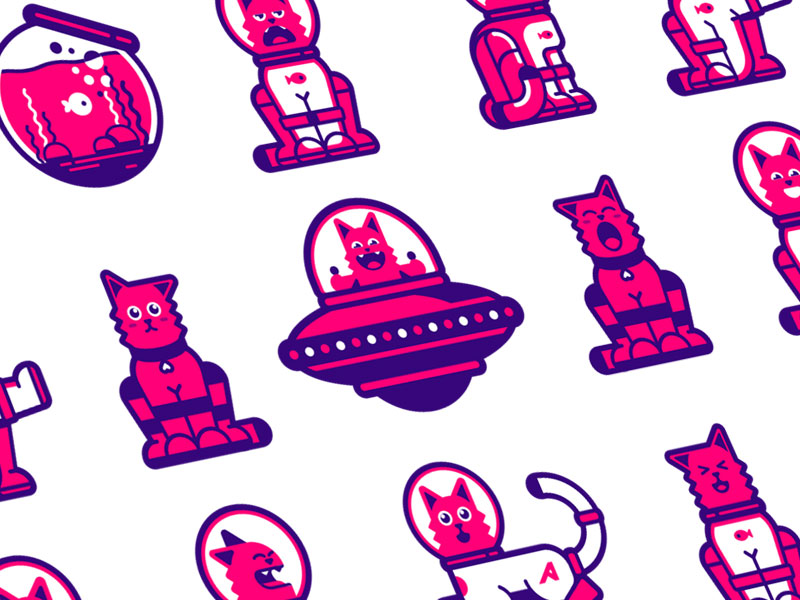
Element of consistency
Mascot applied in various elements of branding and content strategy creates the feeling of consistency which is the basis of strong brand presence and positioning on the market.
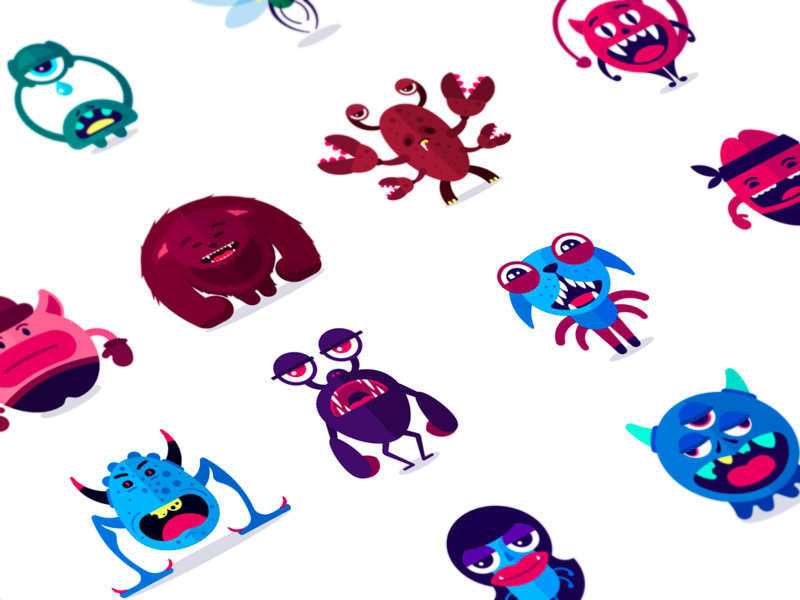
Requirements to mascots
Therefore, according to everything mentioned above, we can sum up what requirements for efficient mascots should be considered. Among them, we would insist that a mascot should be:
- memorable
- recognizable
- original
- representing a consistent character
- flexible to adapt and adjust
- applicable for diverse tasks
- looking good in different sizes and resolutions
- stylistically harmonic
- lively and user-friendly.
Mascots in UI
Mascots are very helpful in interfaces: they liven up the general process, catch up user’s attention, become a memorable element, create important support for a stylistic concept, and make the illusion of direct communication with the user.
Also, wisely used in illustrations featuring actions or interactions, a mascot can become a good way to avoid using too much copy on the screen and, in this way, save space for other important elements of the layout or just more “air” really needed to create a good perception of data on the screen or page.
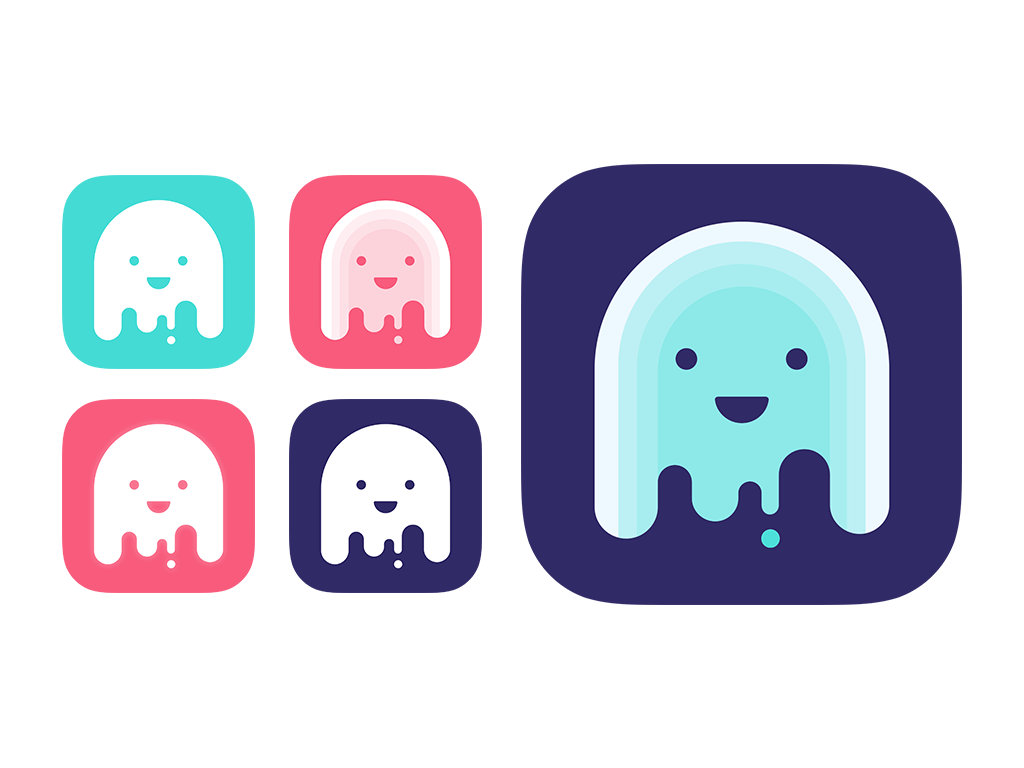
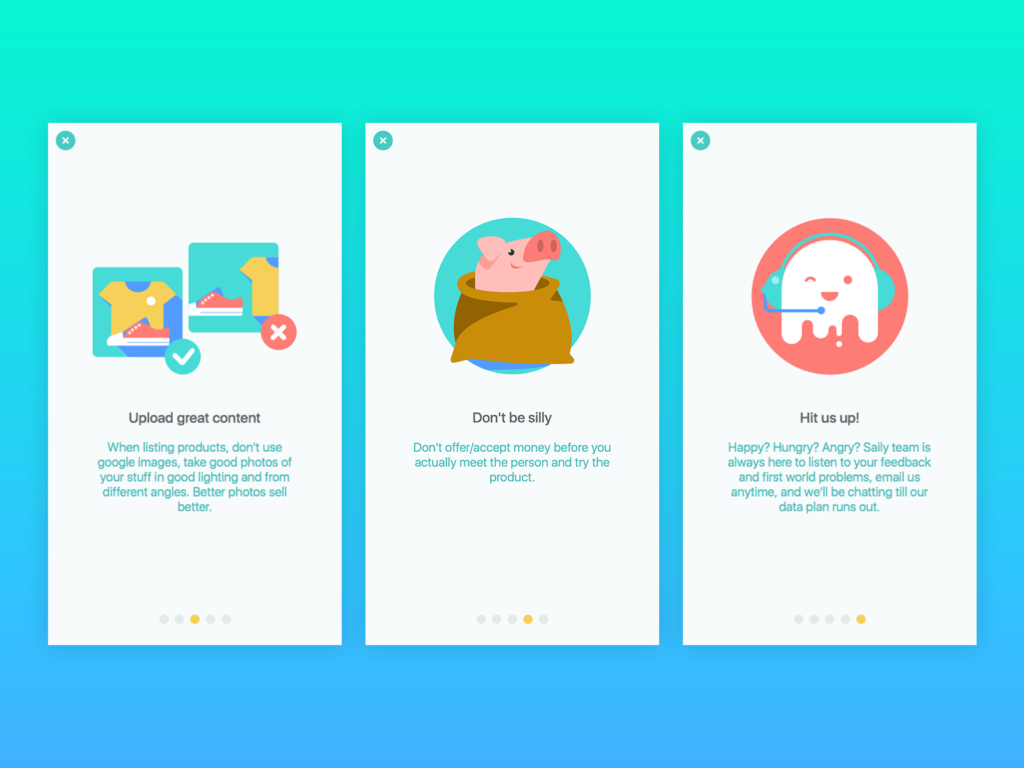
Saily mascot applied to mobile app user interface
Certainly, mascots should be wisely applied in order not to overload the interface where it is not needed. The aim of a mascot in any kind of environment is to simplify and speed up the interaction with a product. If this objective is not achieved, the mascot can play a bad role and create unnecessary distractions instead of improvement for the branding. In our next post, we will continue this topic, considering some pitfalls and issues necessary to consider in the process of creating a mascot as the element of branding. Stay tuned!
Branding Design Case Studies
Here’s a set of more case studies sharing the design solutions and approaches for some of the design projects done by the Tubik team.
Page Turner. Identity and Packaging Design for Bookstore Chain
BlockStock. Brand Identity and Website for Minecraft Models Resource
SwitLuv. Theme Packaging Design About Love for Sweets Brand
Fulfill. Illustrations and Web Design for 3PLs Marketplace
Roebuck. Mobile Design and Illustrations for Educational App
Garden Gates. Identity and Packaging Design for Garden Center
Bikker. Identity Design and Illustrations for Biking Service
Kaiten. Identity and Product Design for Food Marketplace
Glup. Delivery App Branding and UX Design
Crezco. Brand Identity and UI/UX Design for Fintech Service
FarmSense. Identity and Web Design for Agricultural Technology
Originally written for Tubik Blog, graphic and video content by tubik
- English
- Ukrainian



